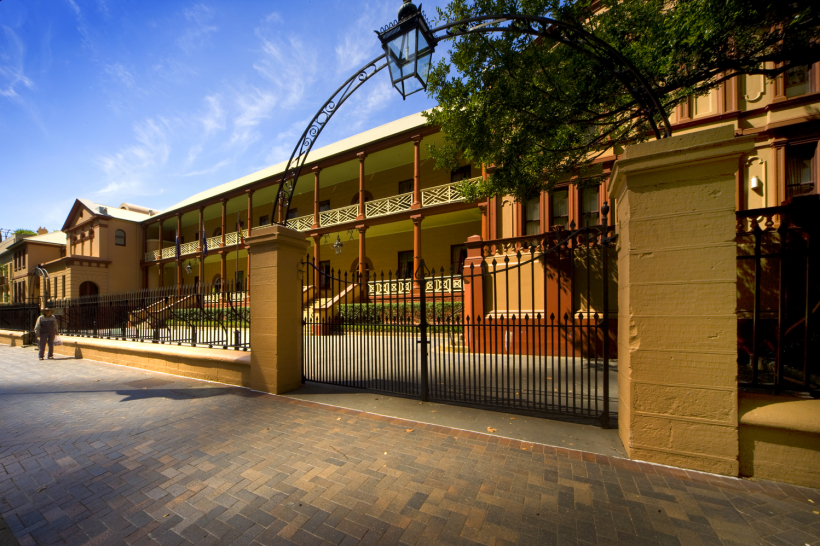Bundaberg Regional Council has been drought-declared following the latest recommendations from Local Drought Committees.
One other regional council area has been partially drought-declared, while declarations of parts of two other shires have been revoked.
As a result, the total area of Queensland drought-declared has changed slightly from 65.2 per cent to 65 per cent.
This week’s State Budget committed $74.6M over four years for continuation of the multi-agency Drought Assistance package.
Minister for Agricultural Industry Development and Fisheries Mark Furner said some Local Drought Committees (LDCs) decided to wait to assess seasonal conditions and pasture response after the monsoonal floods and subsequent local rainfall events earlier in the year.
“LDCs usually meet at the end of the wet season in April however, given the significant rainfall events earlier this year, some LDCs advised they were waiting to see how the areas responded,” Mr Furner said.
“These LDCs have now made their recommendations and based on their reports, I have accepted the following drought-declaration recommendations.”
- Bundaberg Regional Council effective from 1 May 2019; and
- Part of the Central Highlands Regional Council and Woorabinda Aboriginal Council north of the Capricorn Highway, which was not covered by the 1 April 2019 drought declaration, effective from 1 June 2019.
Mr Furner has also accepted the recommendations of LDCs to revoke the drought status of:
- Part of the Flinders Shire north of the Flinders Highway; and
- Part of the Charters Towers Regional Council south of the Flinders Highway and east of the Gregory Development Road effective from 1 June 2019.
“There are now 32 drought-declared local government areas, four partially-declared local government areas, and 40 Individually Droughted Properties in a further nine local government areas,” Mr Furner said.
“In the Bundaberg region LDC members commented that, while there was beneficial late summer rainfall, it was not enough to generate sufficient pasture growth and offset the ongoing and significant rainfall deficiencies, there were failed winter and summer crops in many areas and significant concerns about stock, irrigation and rural water supplies.
“The impact of the 2019 rainfall events across the north and west was mixed. While some areas recorded extreme rainfall figures and suffered subsequent flooding, other areas recorded useful rainfall amounts with limited damage, while some areas didn’t receive any useful rain.
“While there has been a general grass response, in many areas it does not have the volume that would be expected to carry normal stocking rates through to the next wet season, compounded by silting that has covered pasture land and will take considerable time to re-establish.
“Where drought conditions eased and where good pasture response was observed, the LDCs have made a recommendation to revoke which will help producers to proceed with restocking.
“I’d like to remind any producer who is experiencing difficult conditions in any council area that is not drought declared, that they can apply for an Individually Droughted Property (IDP) declaration.
“This gives them the same access to our drought assistance as an area declaration.”
Mr Furner advised producers in any drought-declared area who believed their property conditions were improved enough to allow restocking could have their property individually revoked.
“If their drought declaration is revoked, producers can access returning from agistment and restocking freight subsidies through the Drought Relief Assistance Scheme (DRAS) for up to two years after the end of the drought declaration,” he said.
“However, to be eligible for these subsidies producers must ensure their property’s drought declaration is first revoked before introducing any livestock.”
The drought declaration map can be viewed at longpaddock.qld.gov.au







